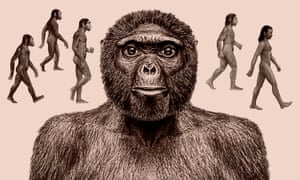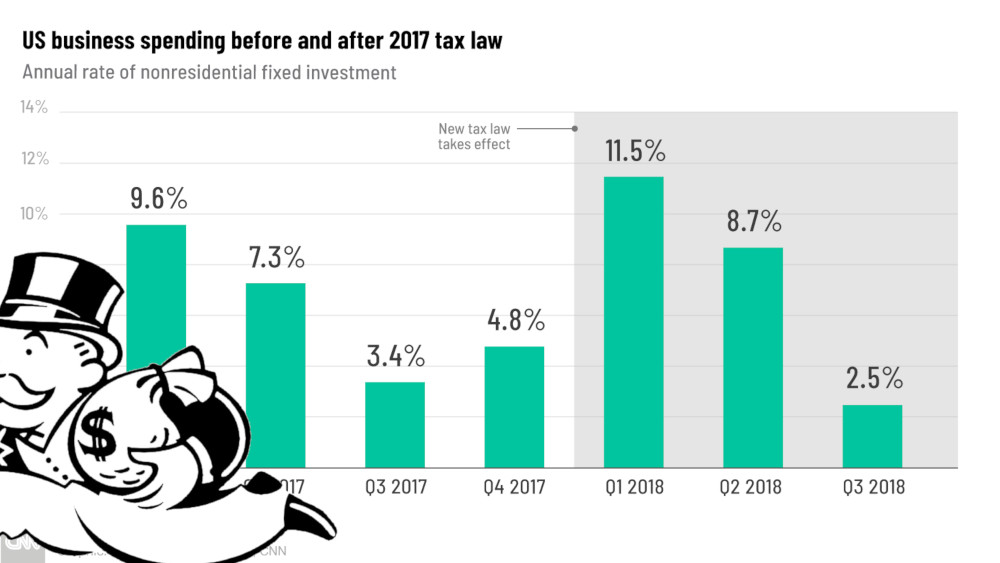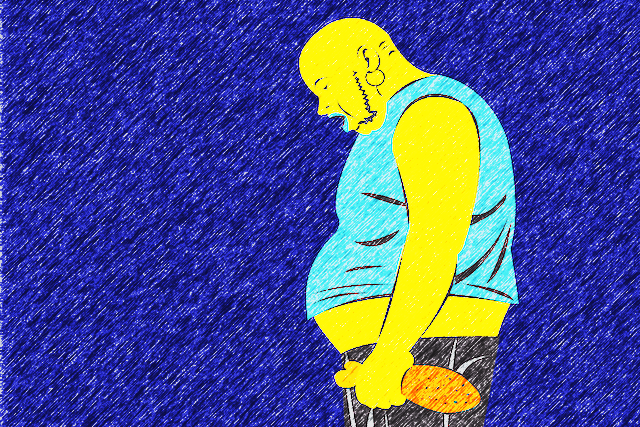Ten things you may not know about women and liberty
via the OUP blog by Jacqueline Broad and Karen Detlefsen
 A Lady Writing by Johannes Vermeer. Public domain via Wikimedia Commons.
A Lady Writing by Johannes Vermeer. Public domain via Wikimedia Commons.
Imagine that you’re a married woman living in a bleak dystopian world in which you’re barred from higher education, you’re forbidden from owning your own property, you have no freedom of movement outside your own home, and your husband might sexually assault you at any time, with impunity.
Only three or four hundred years ago, this was not some fantastic fictional scenario from The Handmaid’s Tale. This was the historical reality for married women in western Europe (sadly, it’s still the reality of some women in some countries today).
But while the early modern era was a period of domination, oppression, and subjugation, it was also a period of resistance, criticism, and feminist protest. Our sisters of the past were much like the sisters of today: they could spot injustices, they got angry about them, and they wrote about how things could change.
Continue reading
Warning: Lots of lovely rabbit holes to fall down!
==============================
'Paramedic ants' observed treating injured comrades
via
the Guardian by Ian Sample Science editor
When the battle is done the victors head home, their march broken only to gather the wounded, who are hauled back to base for life-saving treatment.
Not a heroic scene from the second world war, but the daily grind for African Matabele ants, which leave their nests in the hundreds to launch raids on feeding termites – and risk life and limb in the process.
Researchers who study the ants have shown before that the social insects pick up their injured and carry them home. Now, the ants have been spotted caring for their casualties: cleaning their wounds and perhaps even administering antibiotics to fend off infections.
Continue reading
==============================
A Short Analysis of Christina Rossetti’s ‘Spring’
via Interesting Literature
The meaning of Rossetti’s bittersweet spring poem
‘Spring’ is not one of Christina Rossetti’s best-known poems, but it is a fine poem about springtime. Rossetti (1830-94) celebrates the new life that the spring brings, as all of the ‘hidden life’ beneath the earth ‘springs’ into action, bursting forth upon the scene.
Continue reading
==============================
Map of Pangea reveals which countries shared borders 300 million years ago
via Big Think by Jana Roose
Enter an ancient version of Earth, where Santa Claus lives in South Korea, Cuba is land-locked, and Antarctica and India share the same climate.
Trivia nights would have been a lot easier 300 million years ago. In the Early Permian Epoch, Earth had one just one ocean, Panthalassa, with one massive supercontinent in it, Pangea.
Continue reading
==============================
Tracing the tangled tracks of humankind's evolutionary journey
via
the Guardian by Hannah Devlin, Science correspondent
 Our ancestry is still not entirely clear, although there is strong evidence for specimens such as Ardipithecus ramidus, centre, being a direct ancestor or very close to our lineage. Illustration: Getty, Guardian Design Team
Our ancestry is still not entirely clear, although there is strong evidence for specimens such as Ardipithecus ramidus, centre, being a direct ancestor or very close to our lineage. Illustration: Getty, Guardian Design Team
Let’s go back to the beginning. When did we and our ape cousins part ways?
Scientists are still working on an exact date – or even a date to within a million years. Like many of the big questions in human evolution, the answer itself has evolved over the past few decades as new discoveries, techniques and technology have provided fresh insights.
Genetics has proved one of the most powerful tools for time-stamping the split with our closest living relative, the chimpanzee. When our complete genomes were compared in 2005, the two species were found to share 98% of their DNA. The differences hold important clues to how long our lineages have been diverging. By estimating the rate at which new genetic mutations are acquired over generations, scientists can use the genetic differences as a “molecular clock” to give a rough idea of when the split occurred. Most calculations suggest it was between four to eight million years ago.
Continue reading Allow yourself plenty of time. Fascinating story.
==============================
Wagon Lit
via 3 Quarks Daily; Lucy Lethbridge at
Literary Review
Laura Ingalls Wilder’s captivating autobiographical novels may have been written for children, but they have become primers for mid-19th-century pioneer American history and the hard-won creation myth of a new nation. Even their titles –
Little House in the Big Woods,
Little House on the Prairie,
By the Shores of Silver Lake – bring with them the wholesome whiff of self-reliance in rural isolation, of the ingenuity of poor people struggling against the mighty vicissitudes of the natural world.
Continue reading
==============================
The Healing Power of Owls
via Arts & Letters Daily: John McEwen in
The Spectator
 The elusive snowy owl in flight
The elusive snowy owl in flight
Owls, frontally eyed and nose beaked, look the most human of birds. Accordingly, they have for millennia been prominent in mythology and literature and their image continues to be commercialised beyond compare. They offer an author rich pickings, but in a competitive market a strong personal subtext is helpful. That improbable bestseller
H is for Hawk told of a bird consoling and inspiring a daughter grieving for her father.
Owl Sense has a mother finding a healing source in owls for herself and her worryingly ill son Benji. His Non-Epileptic Seizure Disorder (NEAD) took a disconcerting time to diagnose and is frighteningly unpredictable. Just how frightening is illustrated by his collapse on a bus as a 6ft, 16st student. For the remainder of the journey he lay motionless, stepped over and unreported by the passengers, with no alarm raised until arrival at the depot.
Continue reading
==============================
Where Old, Unreadable Documents Go to Be Understood
via Library Link for the Day: Sarah Laskow in
Atlas Obscura
 A “commonplace” book from the 17th century. BEINECKE FLICKR LABORATORY/CC BY 2.0
A “commonplace” book from the 17th century. BEINECKE FLICKR LABORATORY/CC BY 2.0
On any give day, from her home on the Isle of Man, Linda Watson might be reading a handwritten letter from one Confederate soldier to another, or a list of convicts transported to Australia. Or perhaps she is reading a will, a brief from a long-forgotten legal case, an original Jane Austen manuscript. Whatever is in them, these documents made their way to her because they have one thing in common: They’re close to impossible to read.
Continue reading
==============================
T.E. Lawrence and the forgotten men who shaped the Arab Revolt
via the OUP blog by Philip Walker
 Used with permission of Anthea Gray
Used with permission of Anthea Gray
T.E. Lawrence, known as “Lawrence of Arabia,” has provoked controversy for a hundred years. His legend was promoted in the 1920s by the American Lowell Thomas’s travelogue; renewed in 1935 through his book Seven Pillars of Wisdom; and revived in 1962 by the epic film Lawrence of Arabia. The hype should not blind us to the fact that Lawrence’s contribution to the Arab Revolt of 1916-18 against the Turks was indispensable. His skills in organizing and coordinating, his daring and courage, his intuitive grasp of guerrilla warfare and how to harness it, his influence over Emir Feisal (the leader of Arab forces in the field), and his talent for manipulating his own leaders if necessary, were all crucial to the hollow success of the revolt.
Continue reading
==============================
Mysterious extraterrestrial minerals discovered in the Sahara
via Boing Boing by Andrea James

Libyan desert glass is a material of unknown origin scattered across a large swath of the Sahara. Among it, scientists found Hypatia stones, a strange phosphorous-nickel alloy recently determined to be extra-terrestrial.
Continue reading

























